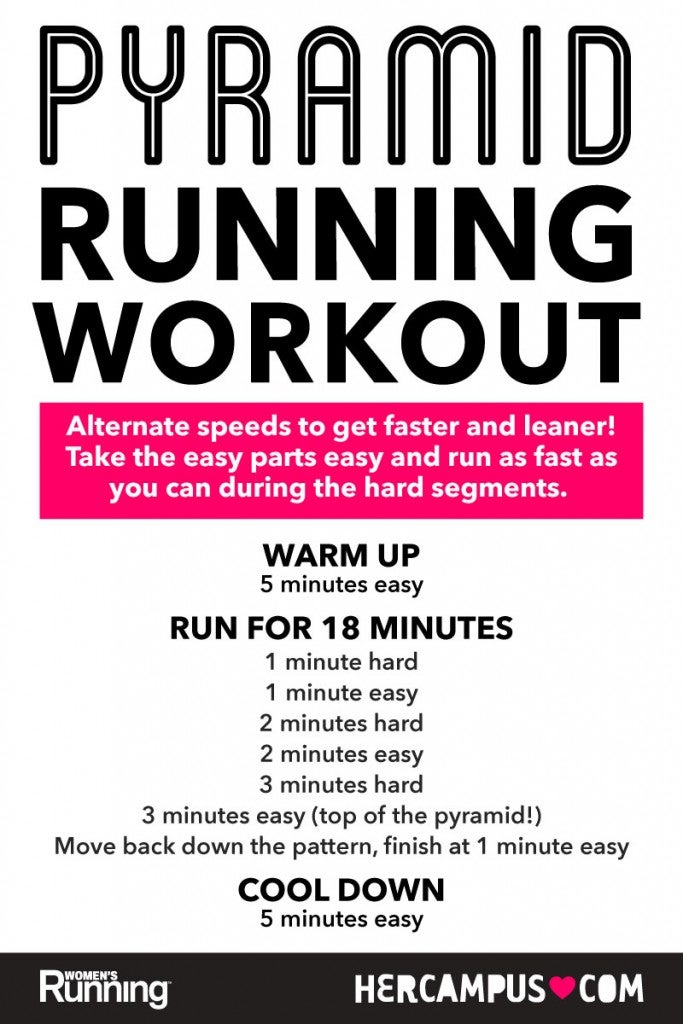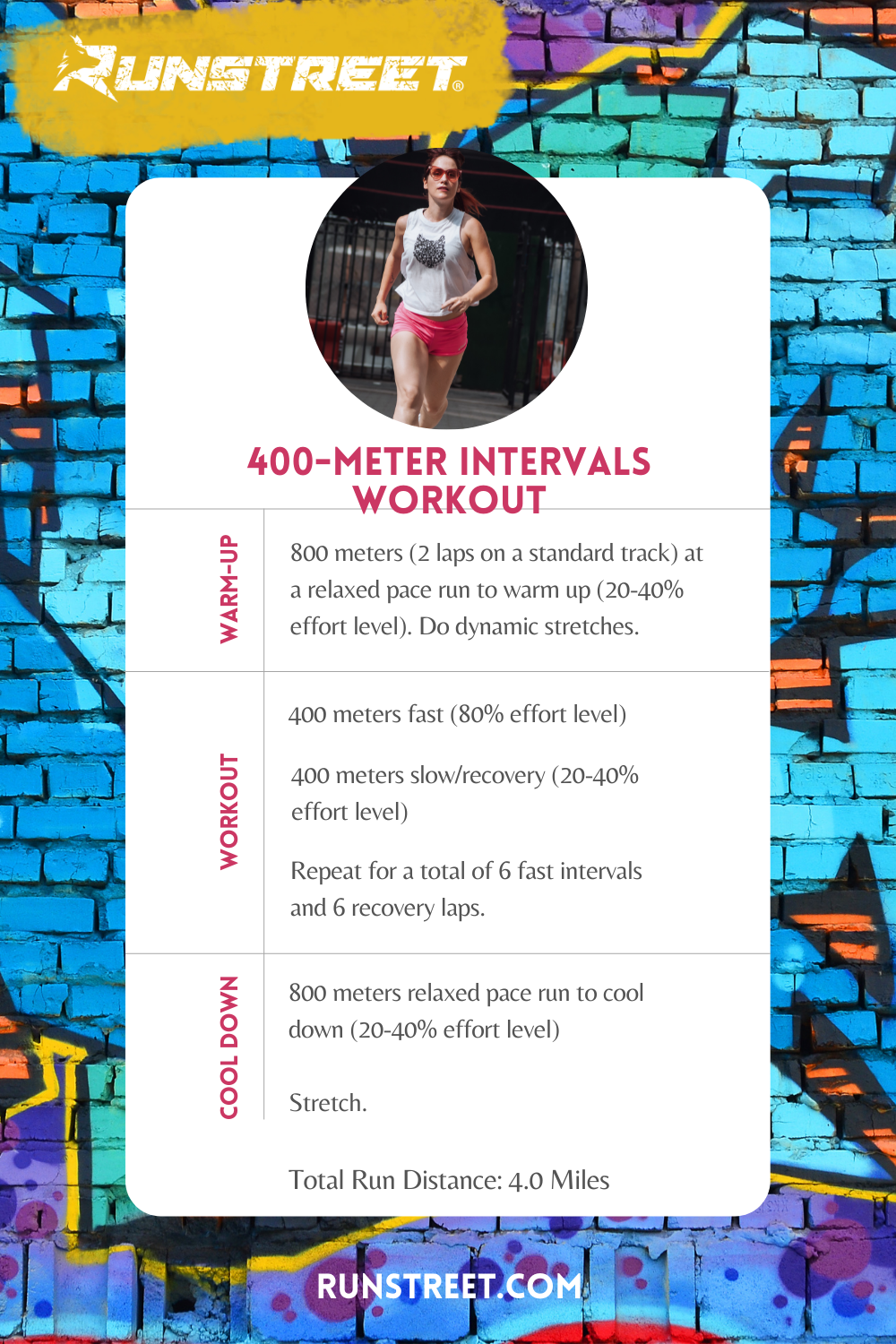Revamp Your Running Strategy: Tips for Enhanced Performance
Revamp Your Running Strategy: Tips for Enhanced Performance
Blog Article
How to Stop and Take Care Of Discomfort in Operating: Expert Tips and Advice
The quest of that jogger's high can in some cases be prevented by the undesirable companion of pain. There exist tried and tested techniques and experienced guidance that can aid minimize and take care of these pains, permitting you to concentrate on the pleasure of running itself.
Relevance of Correct Shoes
Appropriate shoes plays an important duty in stopping and taking care of pain for runners, as it dramatically impacts their comfort, efficiency, and total foot health. When it pertains to running, putting on the right shoes can make all the difference. Ill-fitting or incorrect shoes can lead to a host of issues such as blisters, shin splints, plantar fasciitis, and a lot more severe injuries like tension cracks.
Picking the proper running shoes involves thinking about aspects such as foot kind, stride mechanics, running terrain, and individual choices. Joggers with high arcs might require more cushioning and support, while those with flat feet may take advantage of security shoes. Furthermore, recognizing pronation (the internal rolling of the foot) and supination (the exterior rolling of the foot) can aid in choose footwear that provide the best level of arch support.
Purchasing quality running shoes that are appropriate for your individual needs can help avoid discomfort and discomfort while improving your running experience. Prioritizing proper shoes is not just about performance however likewise about protecting your foot health over time.

Reliable Warm-up Strategies
A dynamic workout regimen before a run aids raise blood flow to the muscular tissues, enhances flexibility, and boosts the range of movement of the joints. Dynamic stretches like leg swings, high knees, and hip circles are valuable in preparing the body for the physical demands of running.
In enhancement to dynamic stretches, incorporating some light cardio workouts such as jogging or skipping rope can additionally elevate the heart rate and heat up the body. This mix of dynamic stretching and light cardio aids loosen limited muscles, lube the joints, and emotionally prepares the jogger for the upcoming workout (running workout). By making workouts a consistent part of your running regimen, you can considerably minimize the risk of injuries and carry out at your ideal during each run
Trick Stretching Exercises
When getting ready for a run, incorporating key extending workouts is necessary to improve muscular tissue flexibility and avoid injuries - Read More. Dynamic extends such as leg swings, high knees, and hip circles are advantageous for heating up the muscles and boosting array of movement prior to a run. These movements aid enhance blood circulation, loosen tight muscular tissues, and prepare the body for the activity in advance
Fixed stretches like calf stretches, hamstring stretches, and quadriceps stretches need to comply with a go to aid in muscle mass recuperation and prevent tightness. Holding each stretch for 15-30 seconds permits the muscular tissues to relax More about the author and lengthen, reducing the danger of post-run soreness and prospective injuries.
Furthermore, including yoga positions like down pet dog, pigeon posture, and spinal twists can target several muscular tissue teams all at once, promoting overall versatility and stamina. Constant extending regimens not just boost efficiency yet additionally aid in keeping good running form and preventing overuse injuries. Remember, appropriate stretching techniques are important for a secure and enjoyable running experience.
Healing and Relax Strategies
After finishing a run, implementing effective healing and remainder approaches is essential for making best use of performance and minimizing the threat of injuries. One crucial facet of recuperation is enabling the body time to rest and repair itself. Adequate rest is vital as it is during rest that muscles recover and expand more powerful. Additionally, incorporating rest days right into your training schedule is crucial to stop overuse injuries and burnout.
Active healing strategies such as gentle extending, foam rolling, and yoga exercise can assist boost circulation, minimize muscular tissue soreness, and improve adaptability. It is also valuable to prioritize hydration and nutrition post-run to restore electrolytes, glycogen shops, and promote muscle mass healing.
Cross-training tasks like swimming or biking can provide a break from the repeated effect of running while still keeping cardio health and fitness - running workout. Listening to your body and acknowledging when it requires a break is vital to preventing chronic injuries and making sure lasting running success. Bear in mind, remainder is not an indication of weakness yet a critical part of an all-round training routine
Cross-Training Perks

It permits you to work on different facets of fitness that might not be targeted solely with running, leading to an extra balanced and well-rounded professional athlete. Additionally, cross-training can help enhance running performance by attending to muscular discrepancies and weak points that might impede efficiency.
Conclusion
To conclude, correct shoes, warm-up methods, extending workouts, recovery approaches, and cross-training are important parts in preventing and handling pain in running. By including these techniques into your regimen, you can lessen the risk of injury and pain while maximizing efficiency and enjoyment of the sporting activity. Read More. Remember to listen to your body, focus on remainder and recovery, and seek expert advice when needed to guarantee a secure and reliable running experience
Report this page